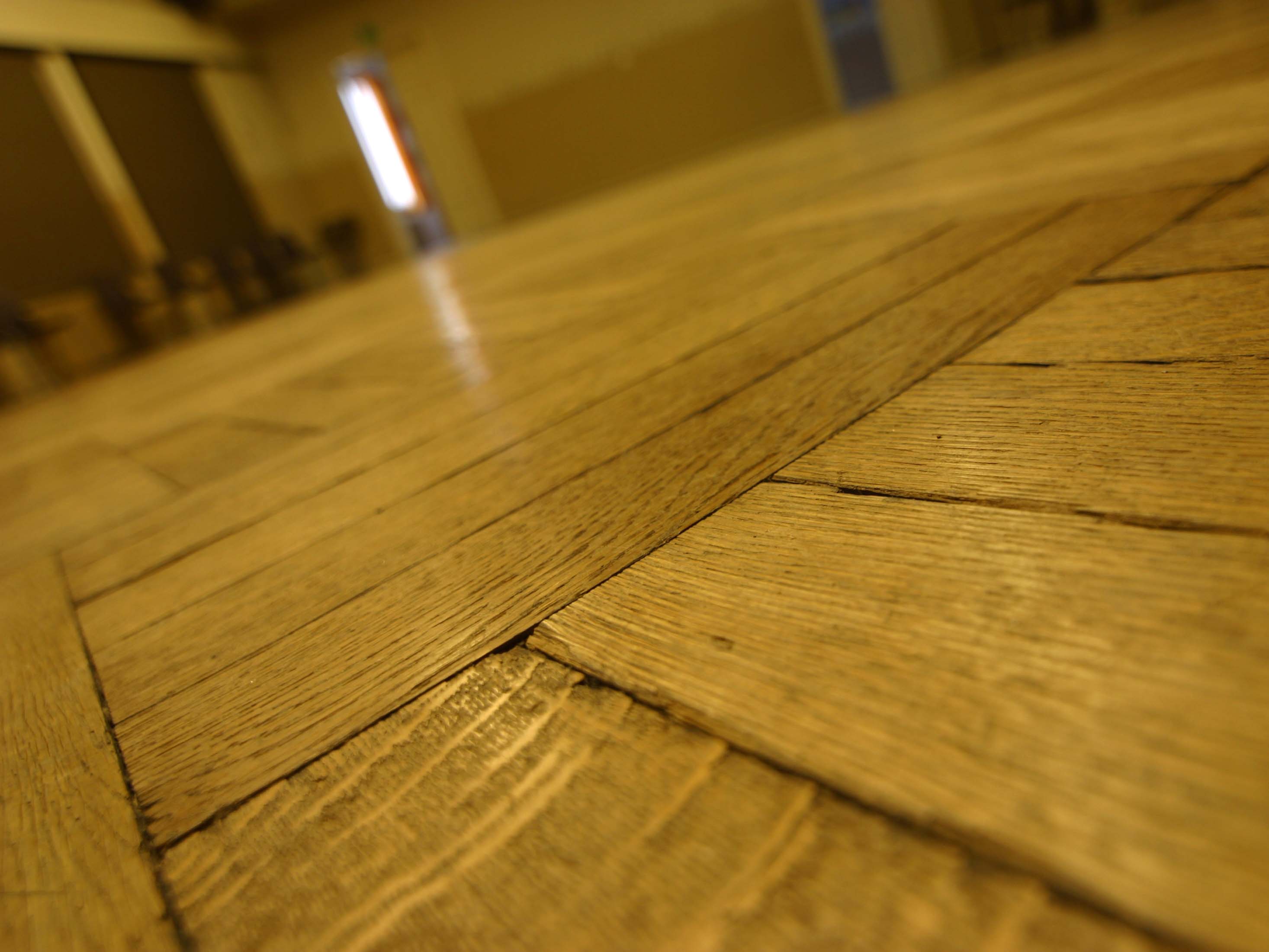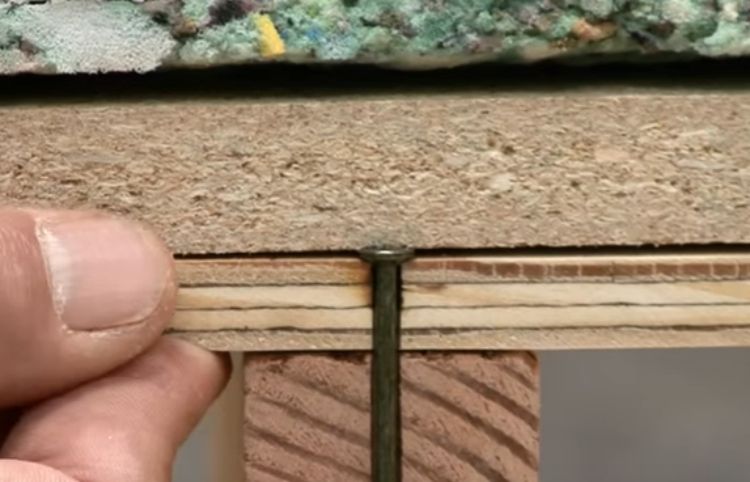

They are specifically made to hold the joist and the floor together. Please make sure that you've found the exact floorboard that the noise is coming from because you will need to drive screws into your floor and you don't want to do that in the wrong place.ĭual-pitch screws are a very good solution for squeaky floors. You will need:įirst of all, you need to locate the squeak. You can get the material in almost any local hardware store. If you don’t have any access to the space under the floor so you decide to fix your floor from above, there is a way to do this as well, but it may be a bit more complicated. The drying can last for up to a week so remain patient. You should simply apply adhesive along the entire length of the joist and wait for it to dry. This is where construction adhesive can come to your aid.

What happens if you keep trying but cannot figure out where the noise is coming from? What are you supposed to do if your gap is too small or too long? Make sure to remember not to push too hard, because this can produce an even bigger gap and we don't want that to happen. You have to find the joist that is the closest to the floorboard that produced the noise you will most certainly see a gap there.Īll you have to do now is get a thin shim and carefully place it into the gap. Your helper should walk around the house, while you stay in the basement and wait for the floor to squeak so that you can mark the specific parts of the floor that need fixing.īecause, the best way to stop wooden floors from squeaking is to deal with the main source of the problem, right? Now that you've secured the space, you have to get someone to help you figure out exactly where the squeaking is coming from. You also need to check if there is any asbestos, which is very toxic for your lungs and if there are any chemical odors or excessive dirt. I know this might sound a bit scary, but if you bring a flashlight and wear proper clothing, it will all end well. This is particularly important when it comes to crawlspaces which can have extremely unsafe conditions, especially if you never go down there.Ĭheck if there are any rodents, snakes or insects. This is what you'll need:įirst of all, you need to make sure that the space you'll work in is completely safe. The material is available in most of the hardware stores and very inexpensive. Once the shims are glued in place, cut off excess.If you decide to fix your floors from below, you need to have access to the room or crawlspace under the floors.īefore you start working, make sure that you have everything you need. (Avoid walking on that area of the floor while it does.) Once the glue is dry, use a utility knife to trim excess material from the shim. Tap the shim back into the gap up to the mark. (Don’t drive the shim too far into the gap it can cause the floorboard to bulge.) Draw a line on both sides of the shim to mark its depth, then remove it and coat both sides with carpenter’s glue. Once you’ve determined the moving spot, gently tap a shim into the gap so that it fits snugly. Position yourself in the basement or crawl space, and have a helper walk across the floor above so you can pinpoint the squeak and look for movement. Choose a filler color that matches your floor.ĭrive shims into the floor from below to stop a squeak. Countersink the nail so the hole can be concealed with wood filler. (Avoid drilling into the subfloor.) While holding down the board, hammer a long finish nail at a slight angle through the pilot hole and into the subfloor and joist.

Once you’ve determined the squeak’s location, drill a pilot hole at least ½” in from the edge of the board. Not every sound a floor makes can be dampened, but more egregious ones can be dealt with from either above or below the floor.ĭrive nails into a hardwood floor to fix a squeak. Although the noises might be handy for catching truant teenagers, they also can be irritating. Over time, old floors settle and develop squeaks.


 0 kommentar(er)
0 kommentar(er)
